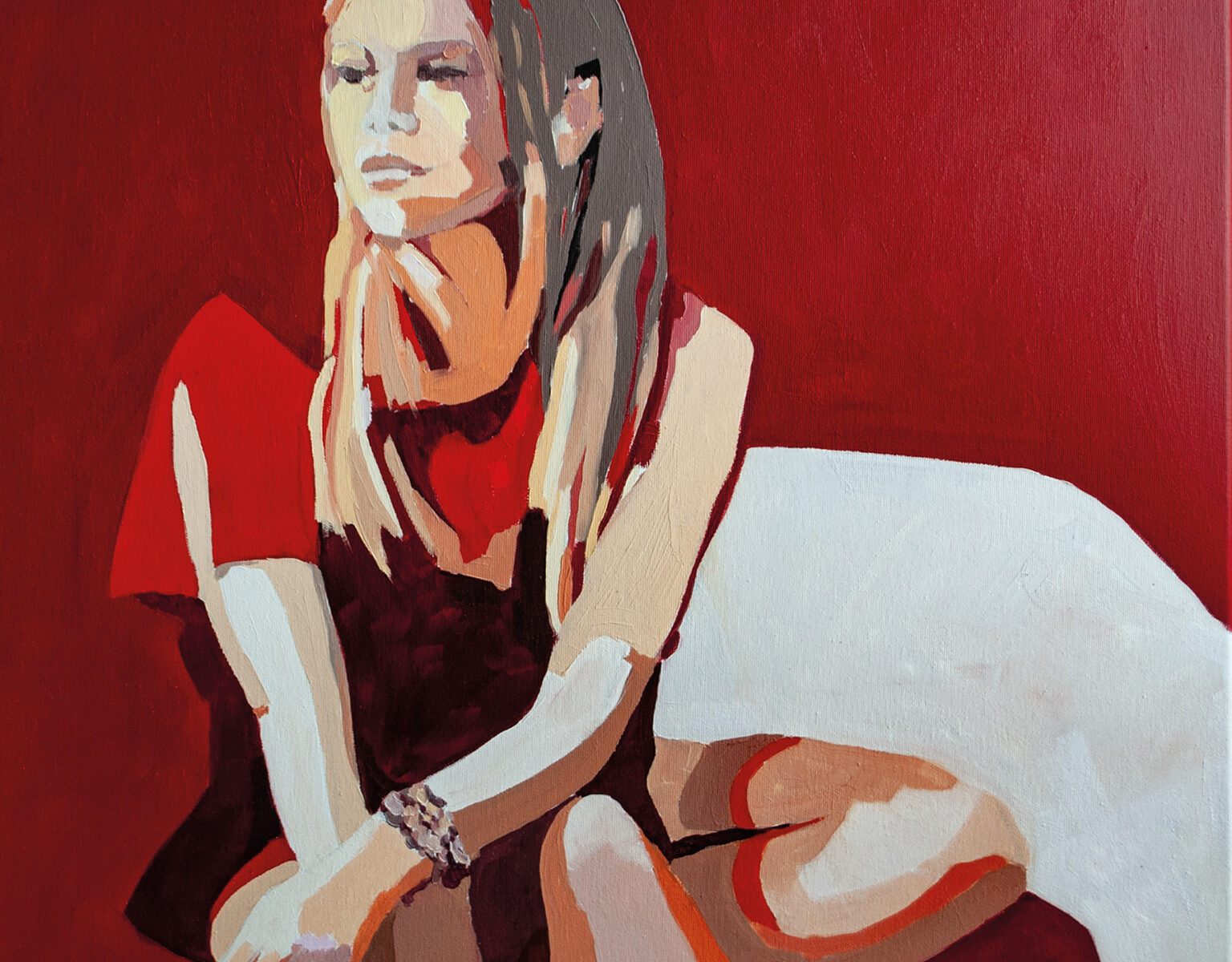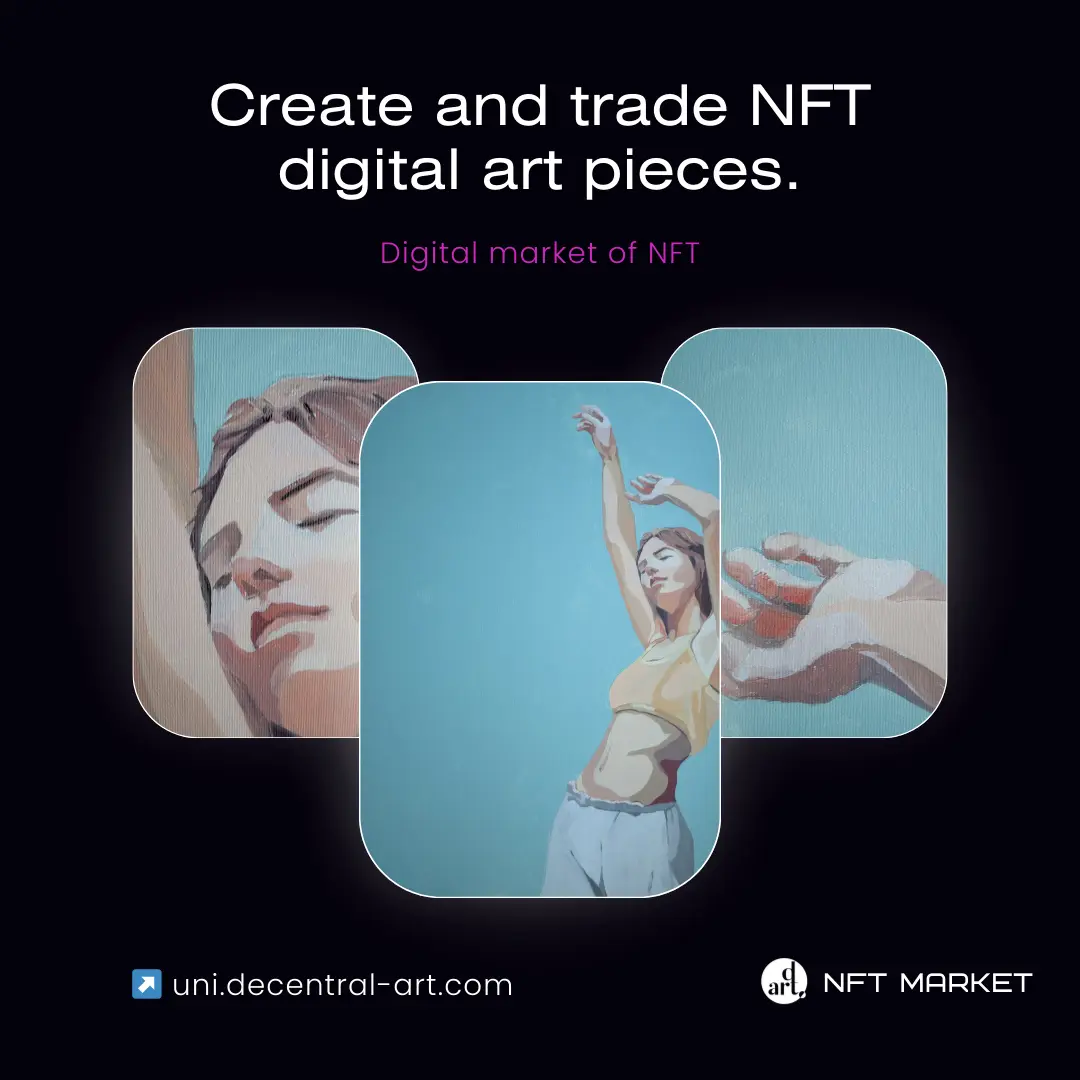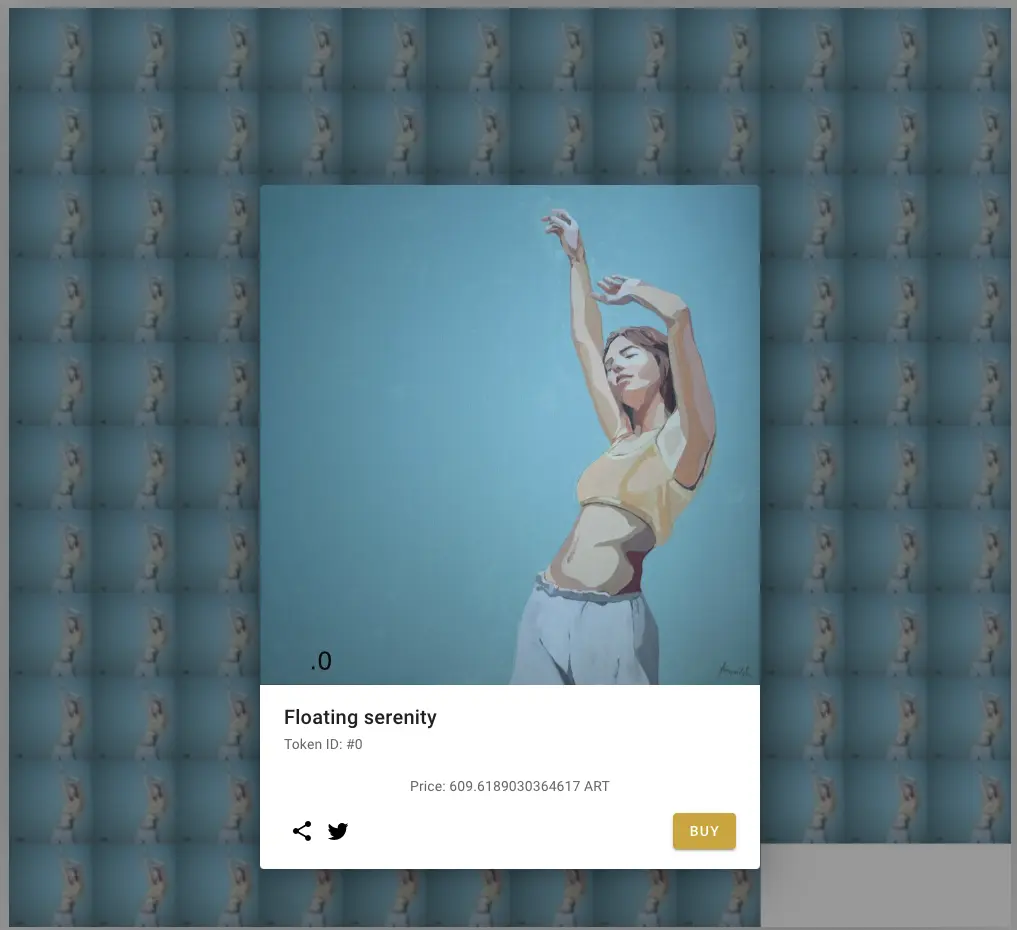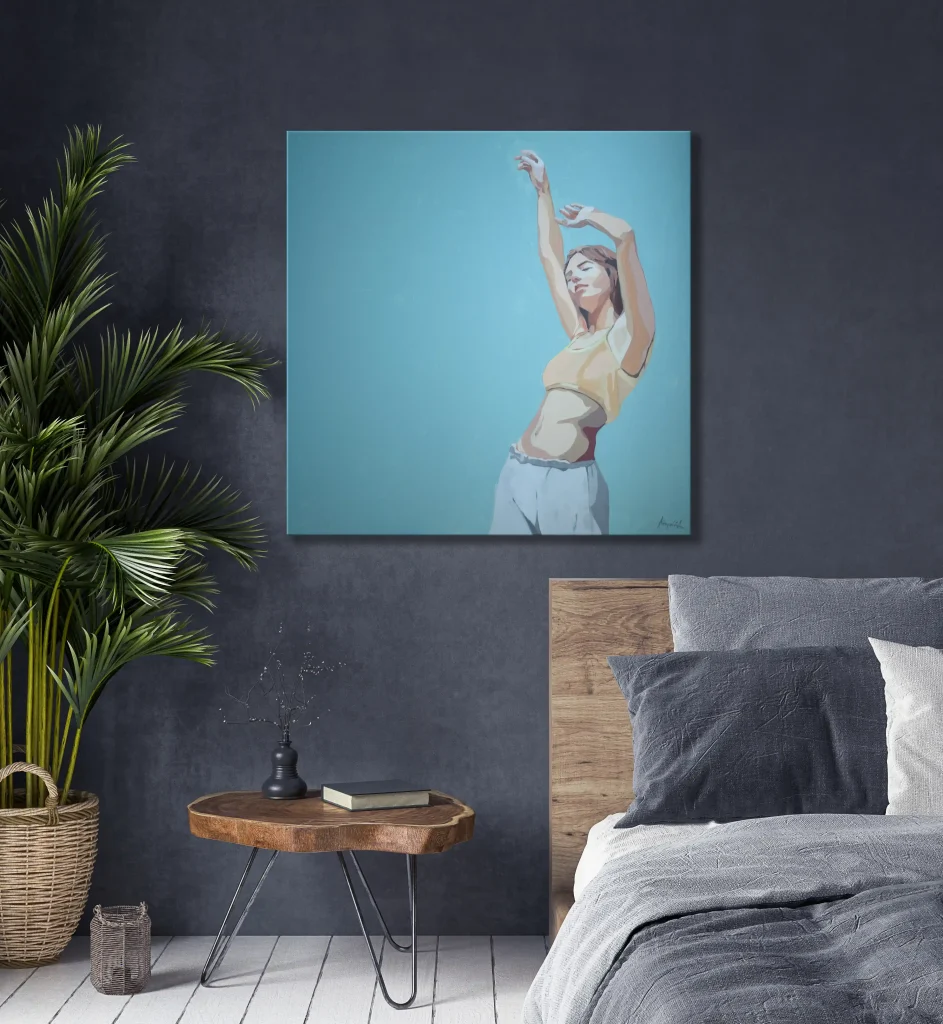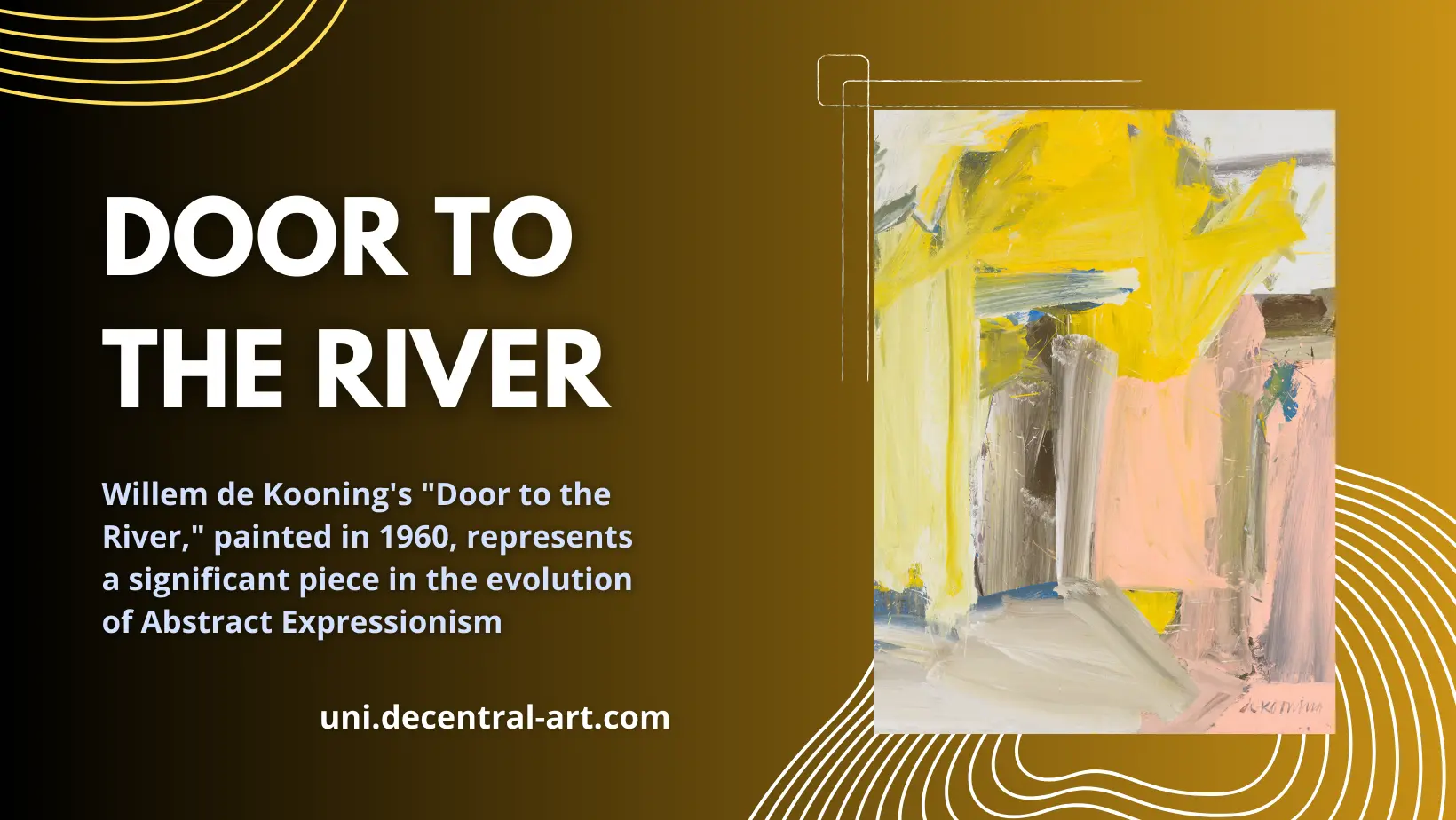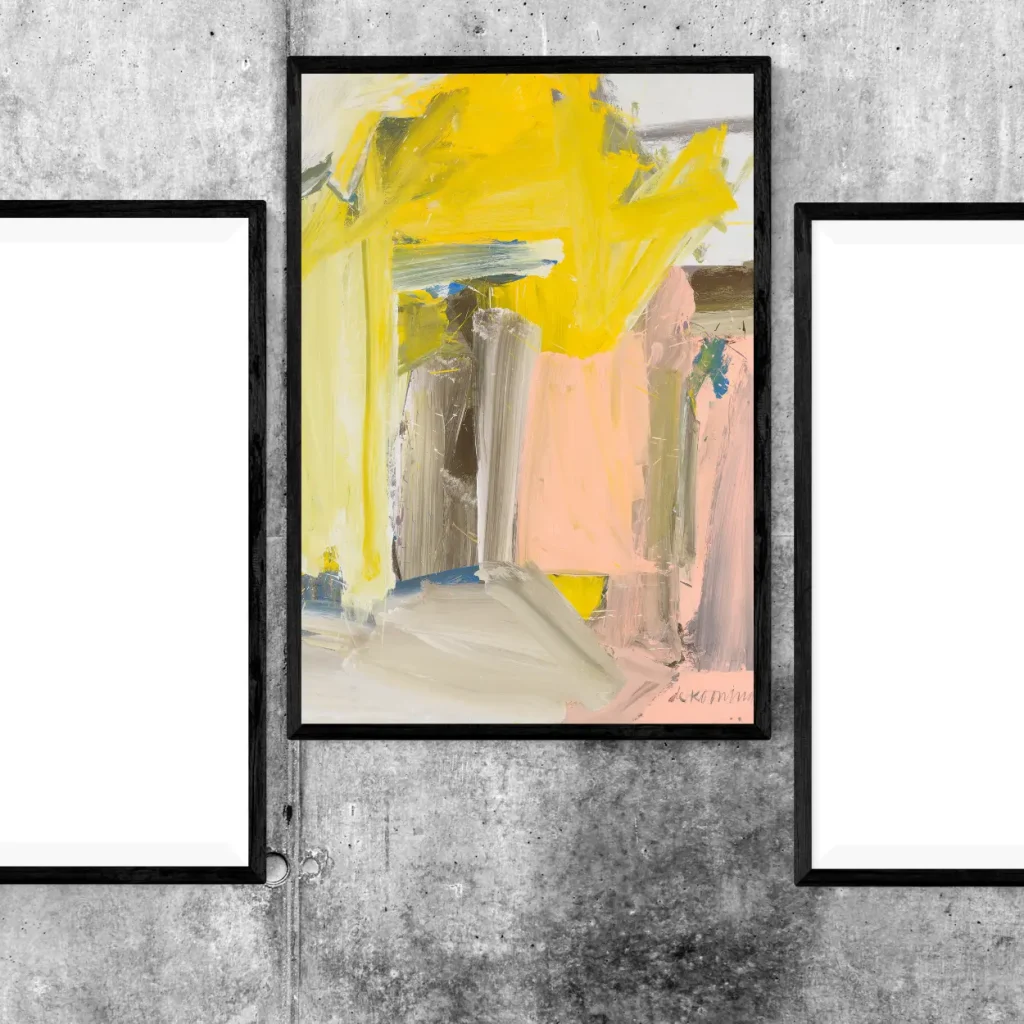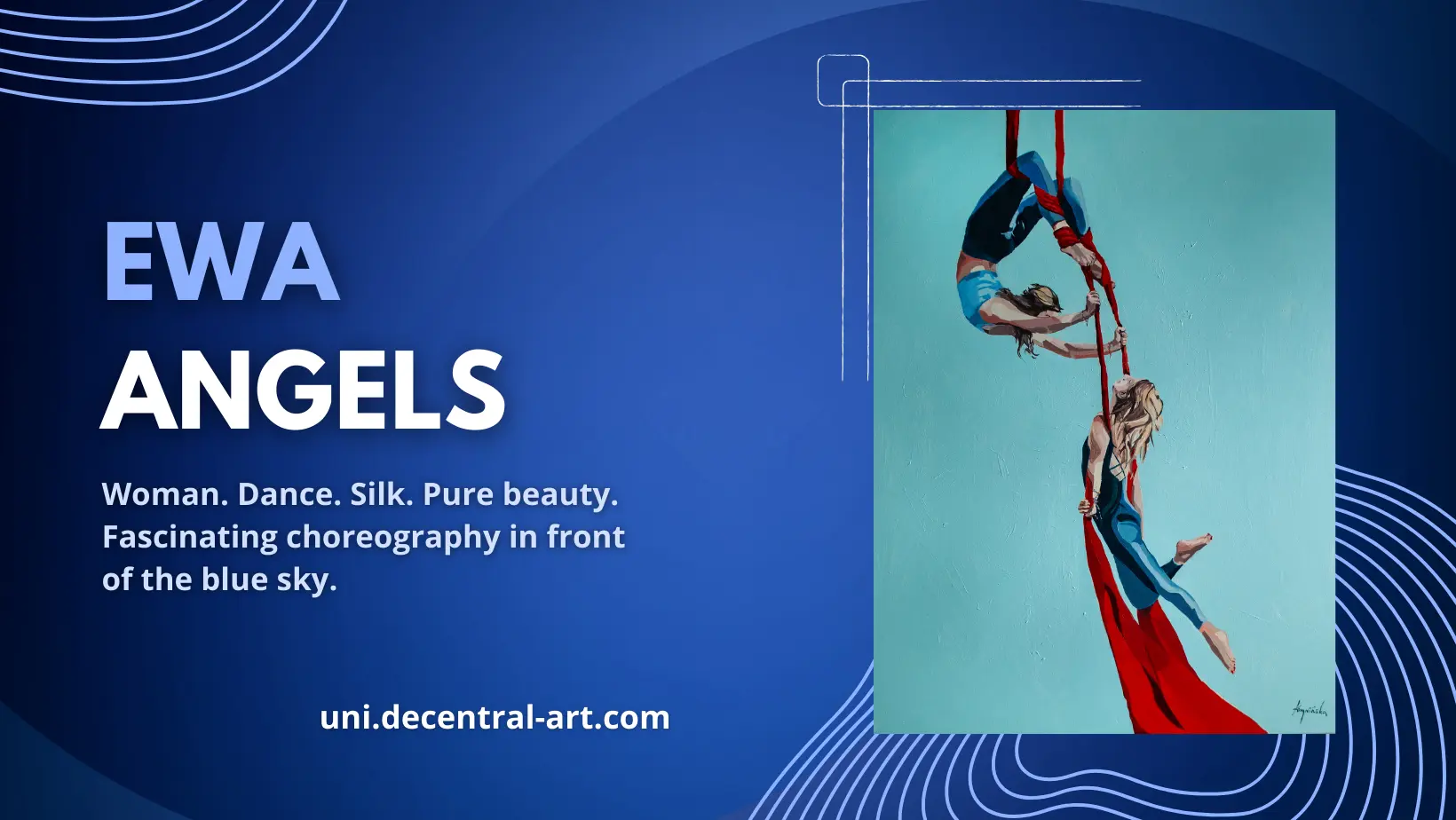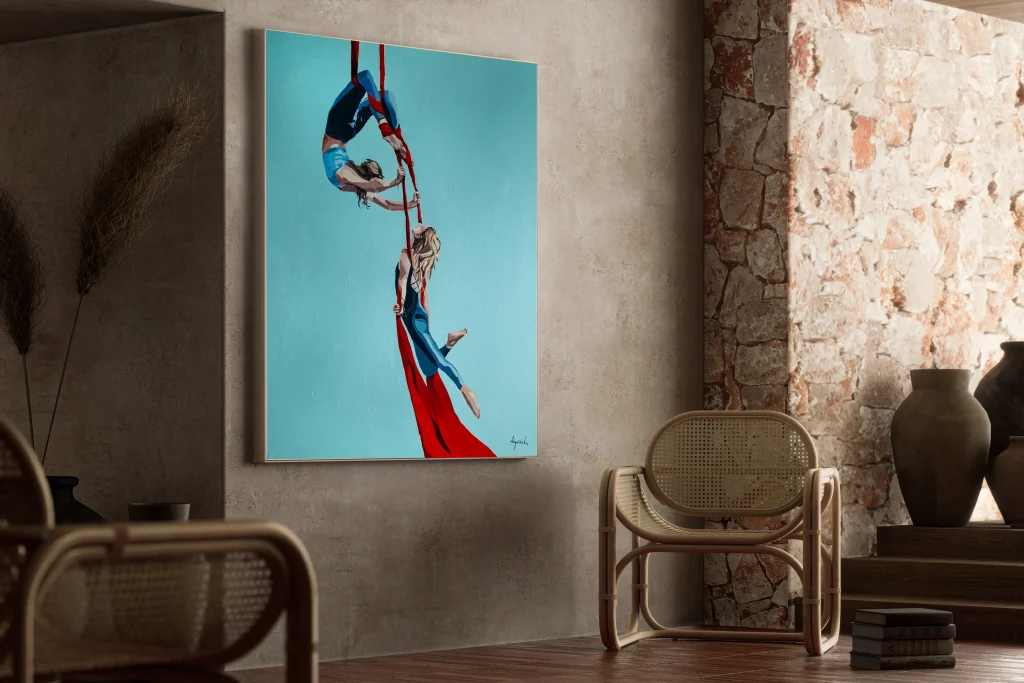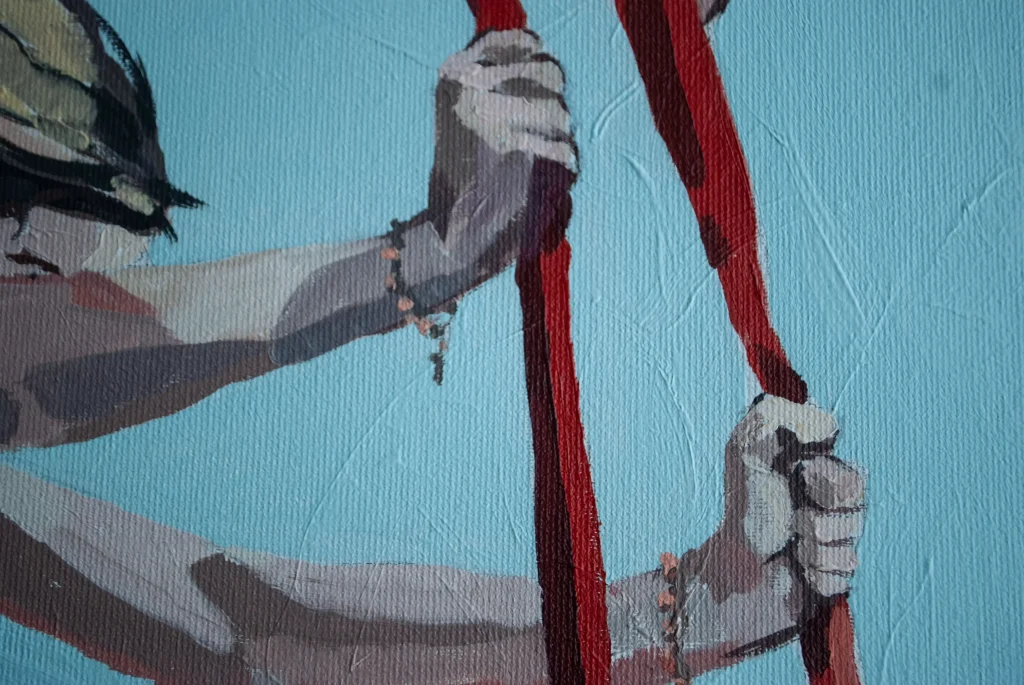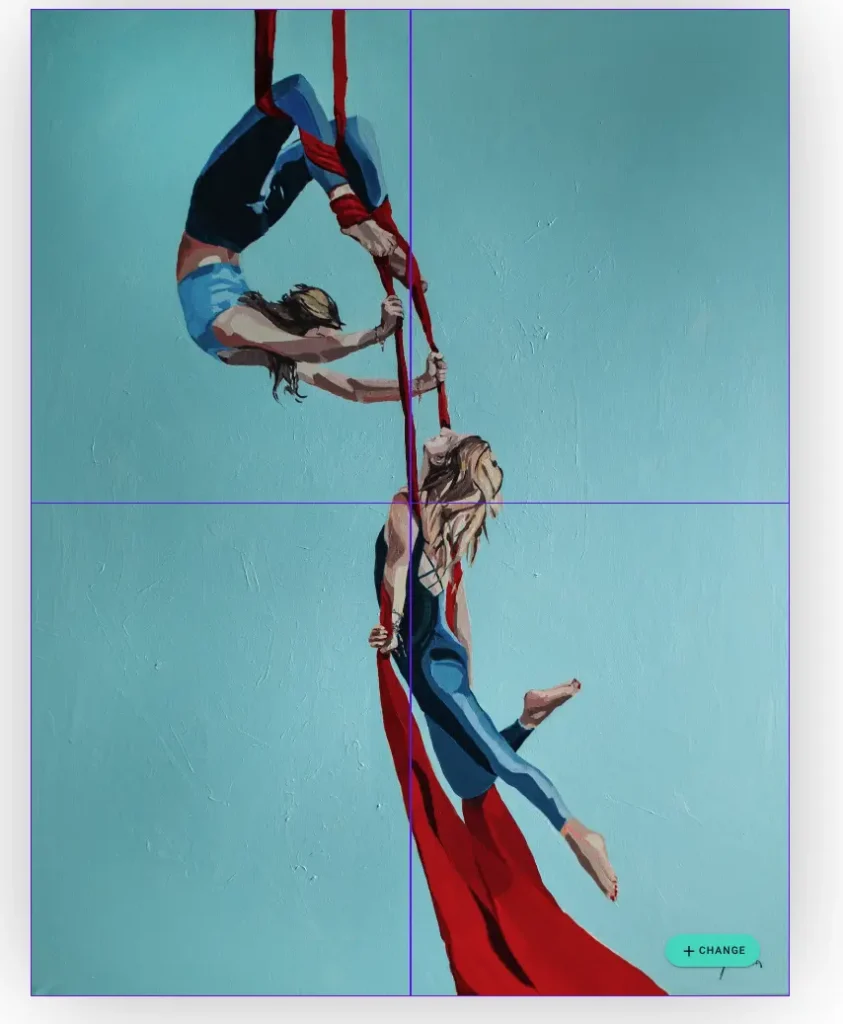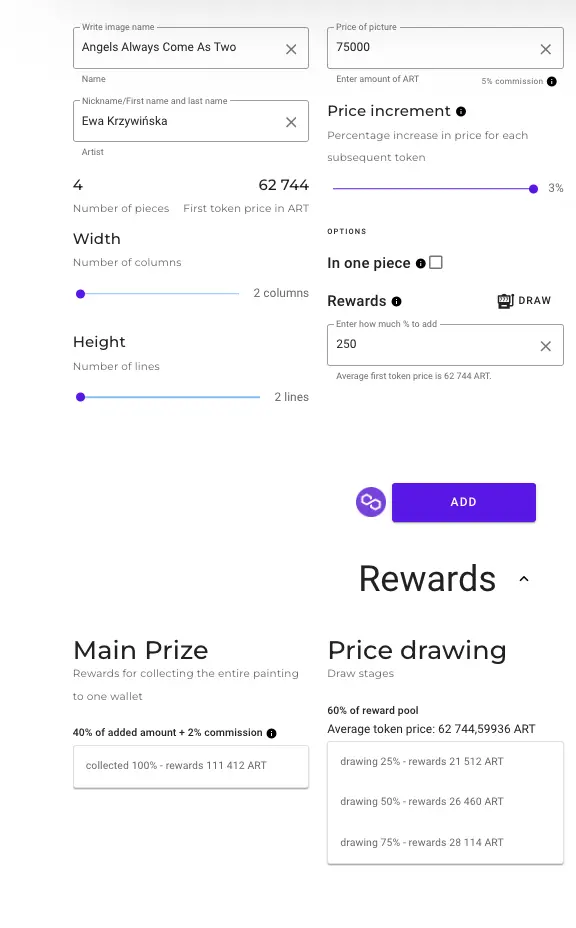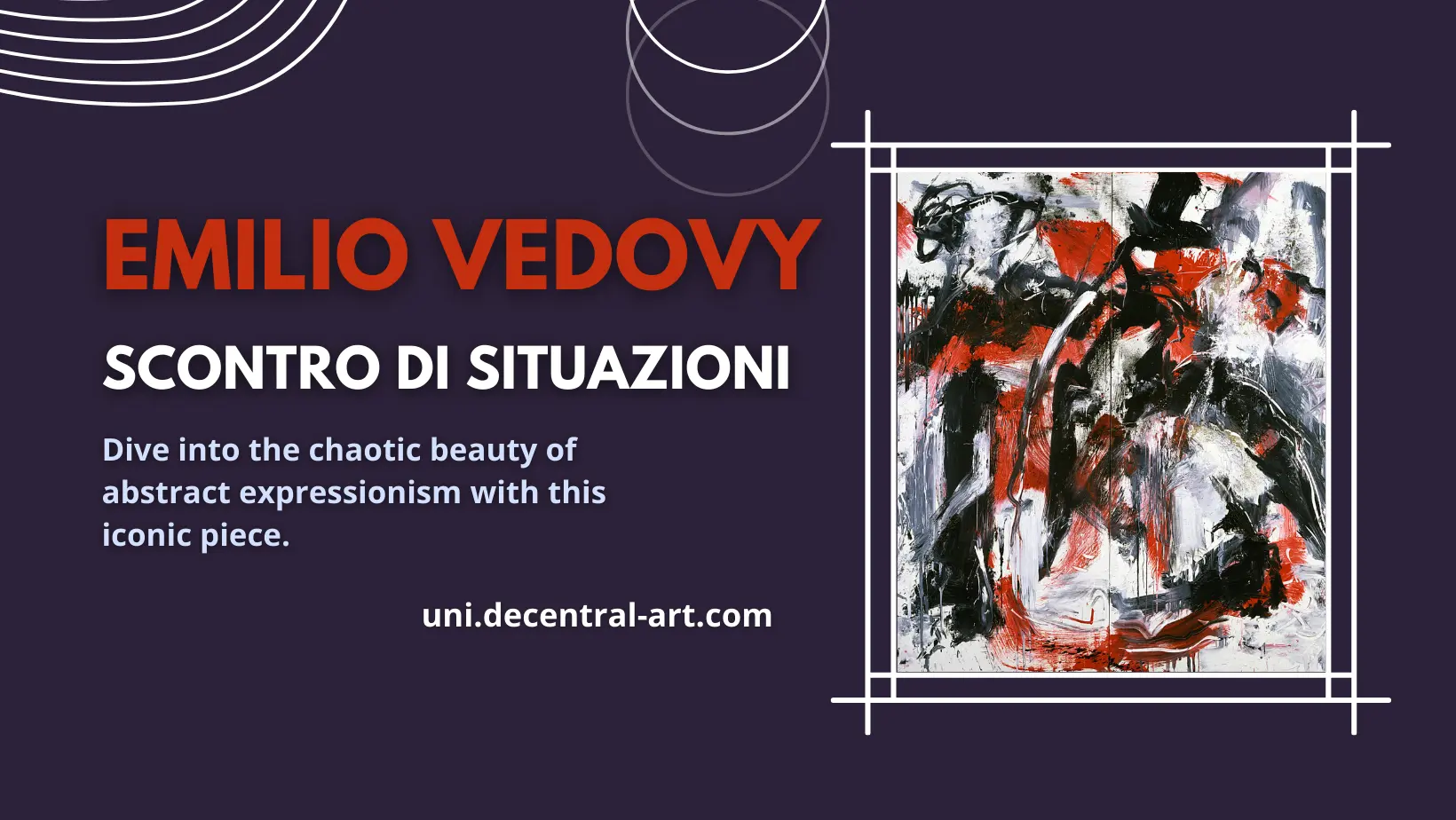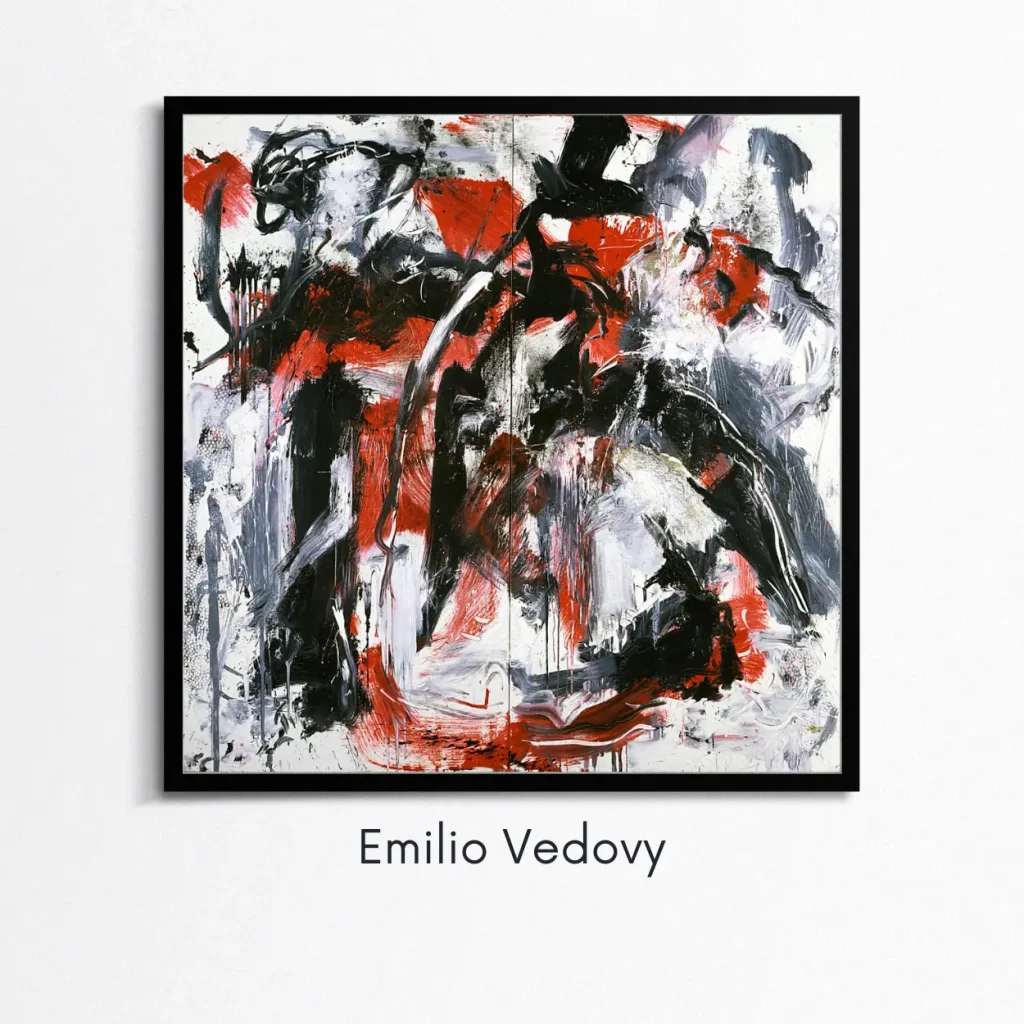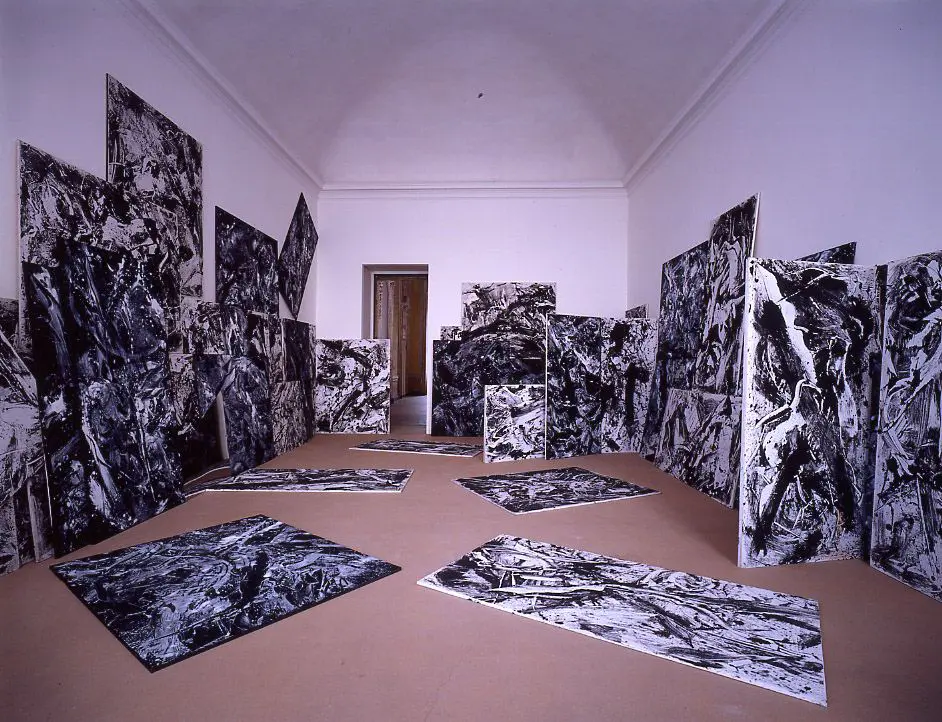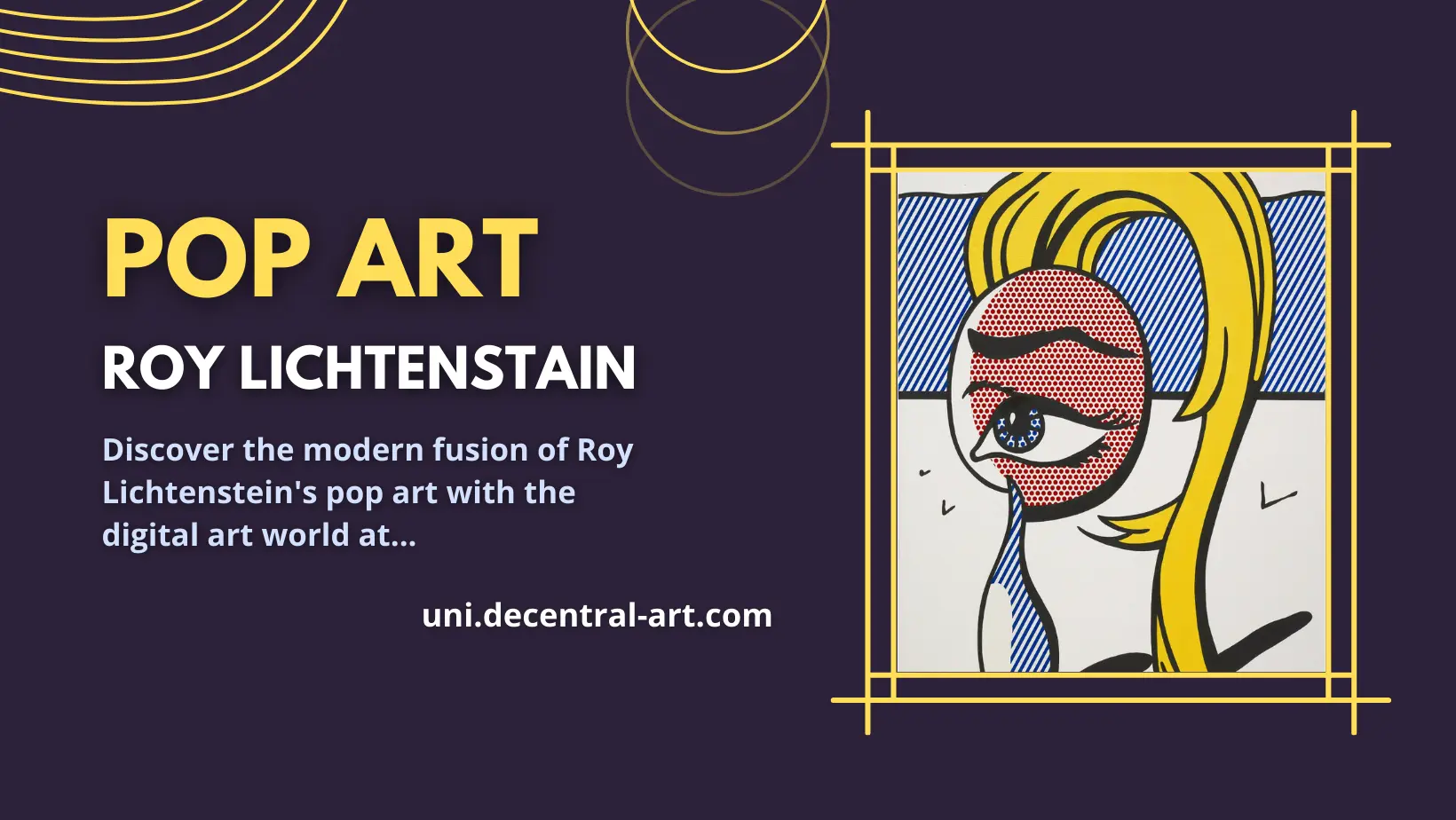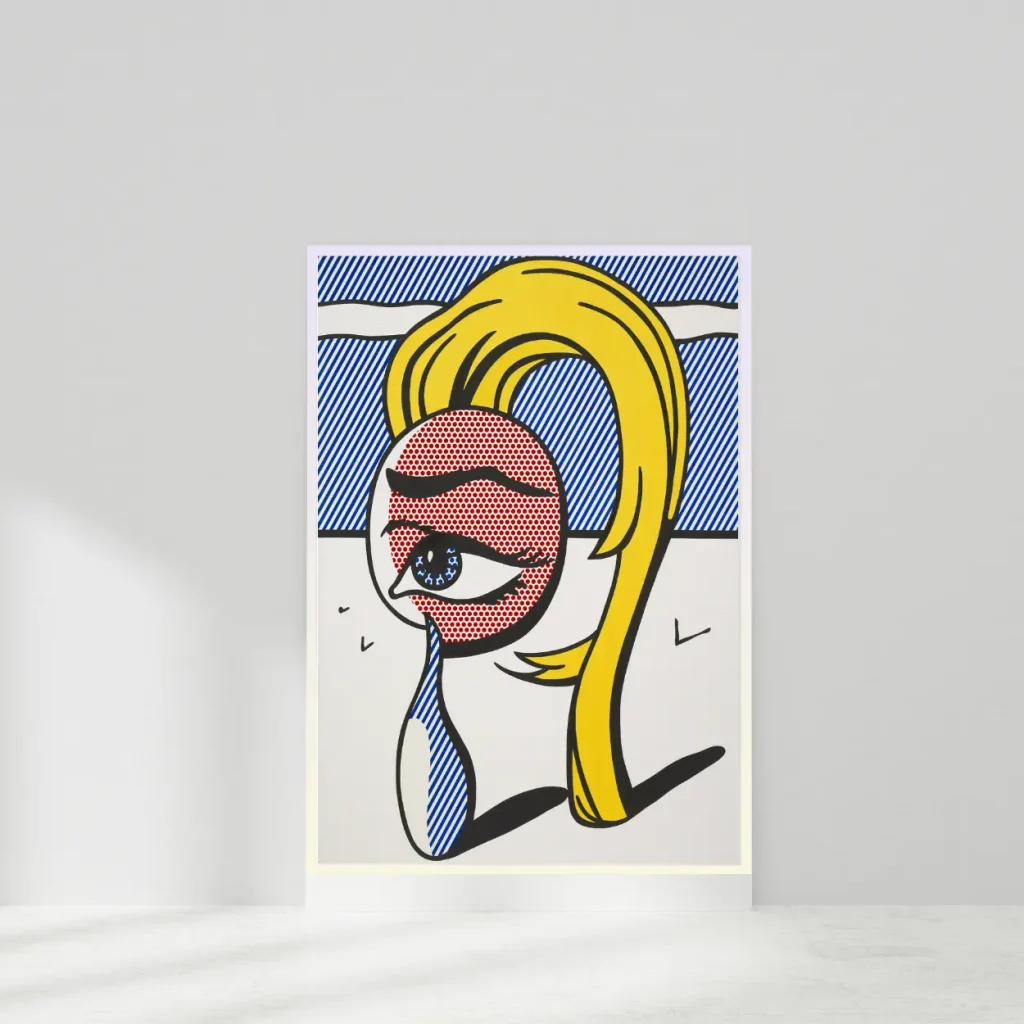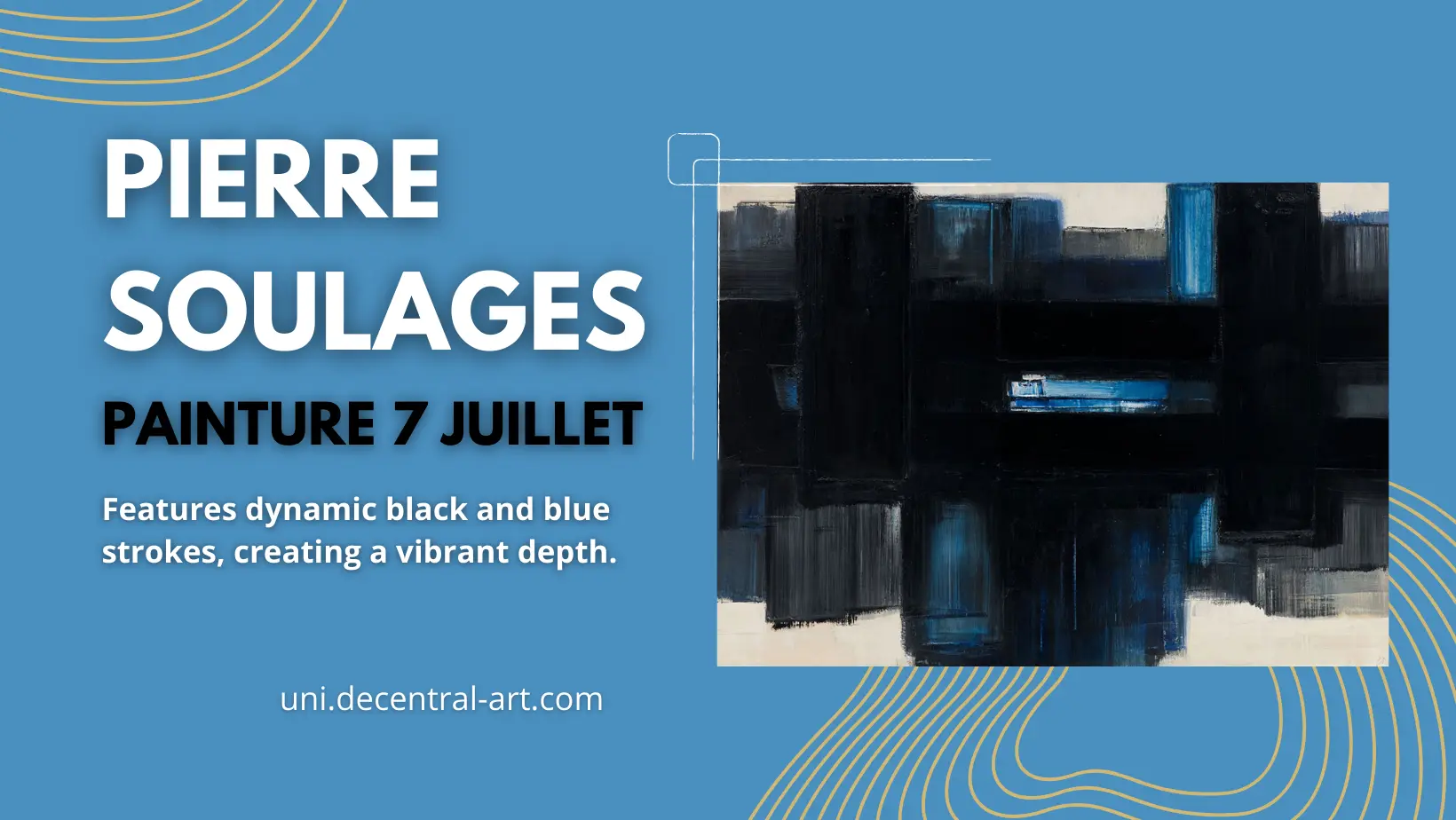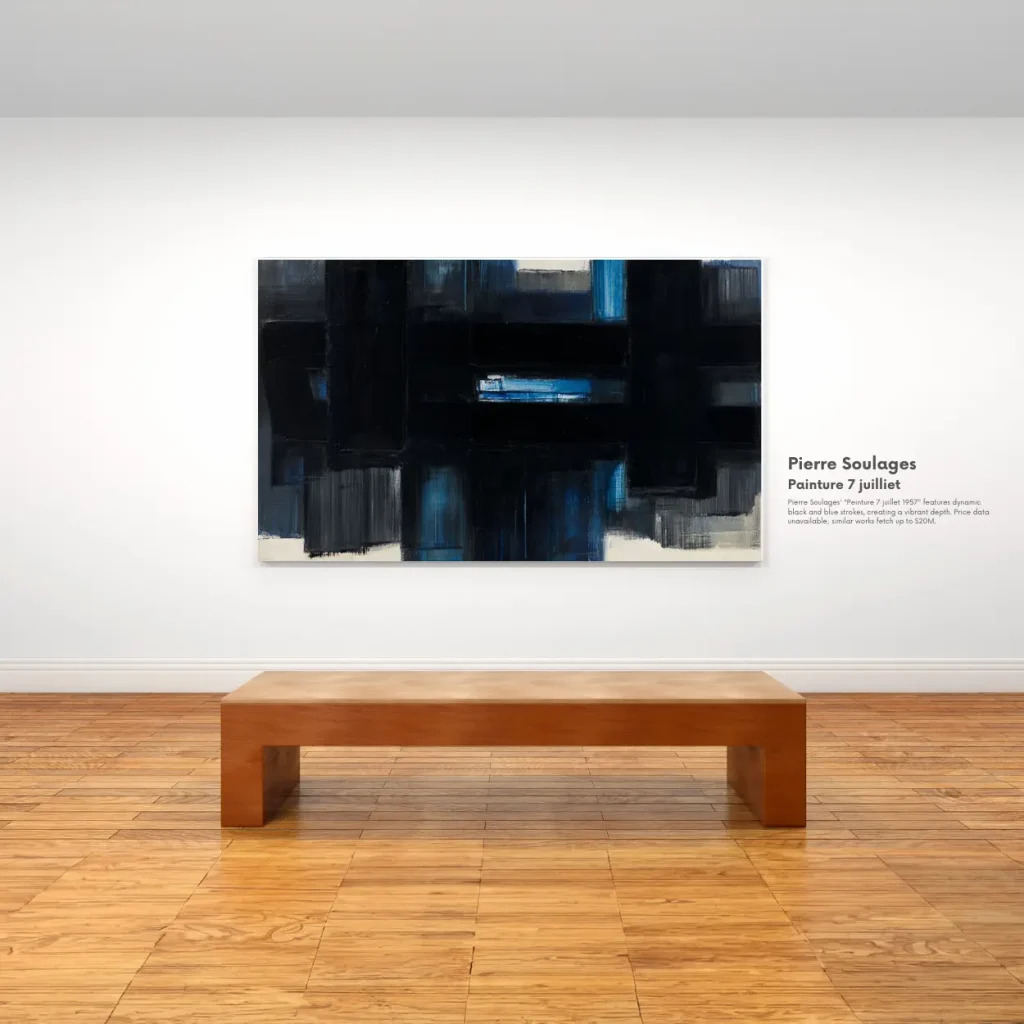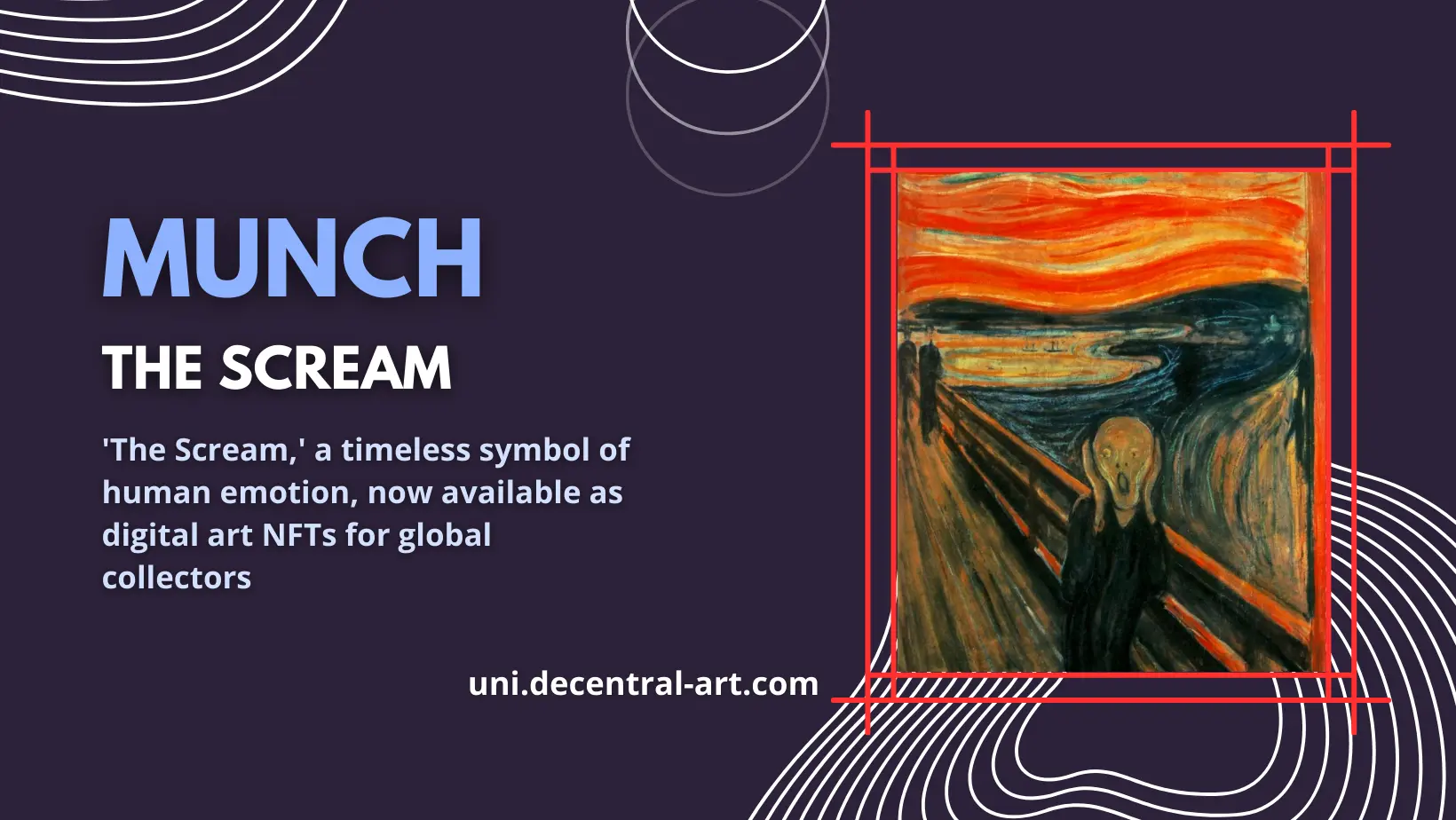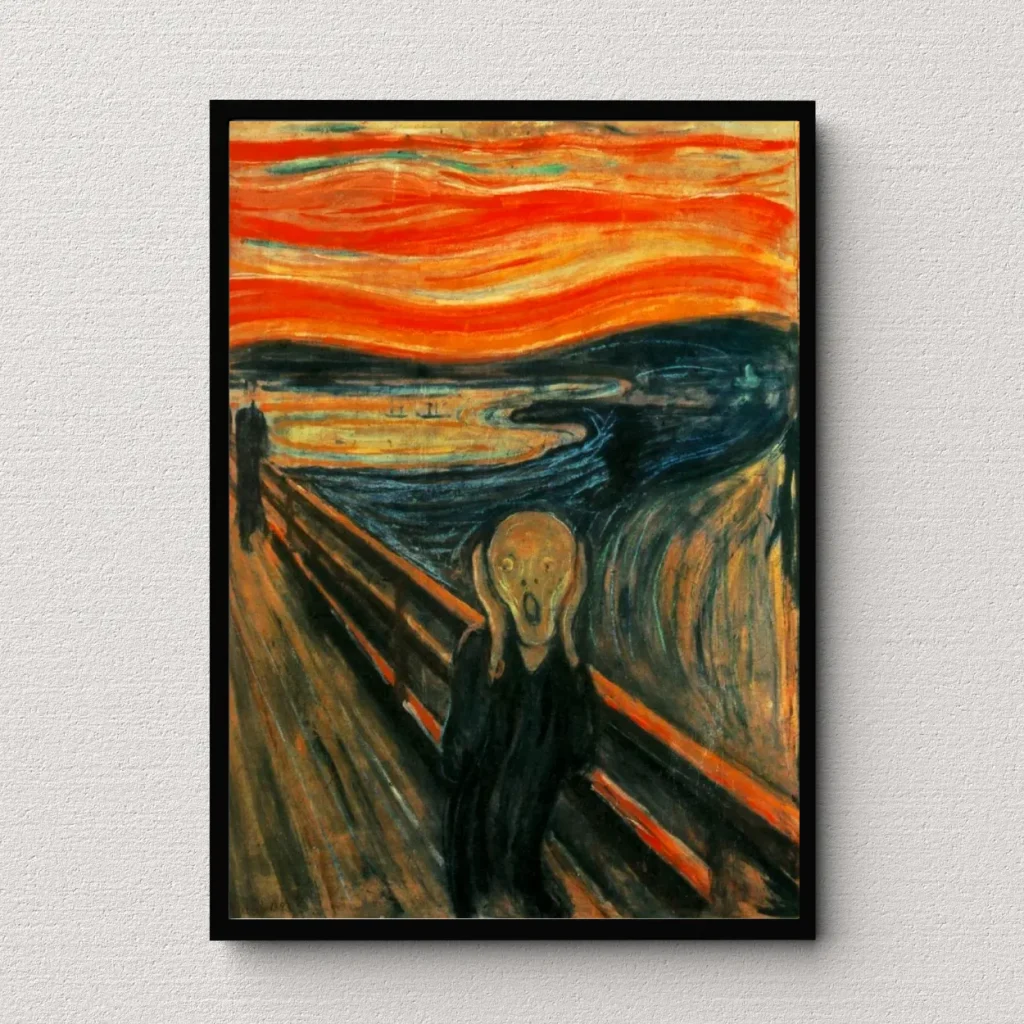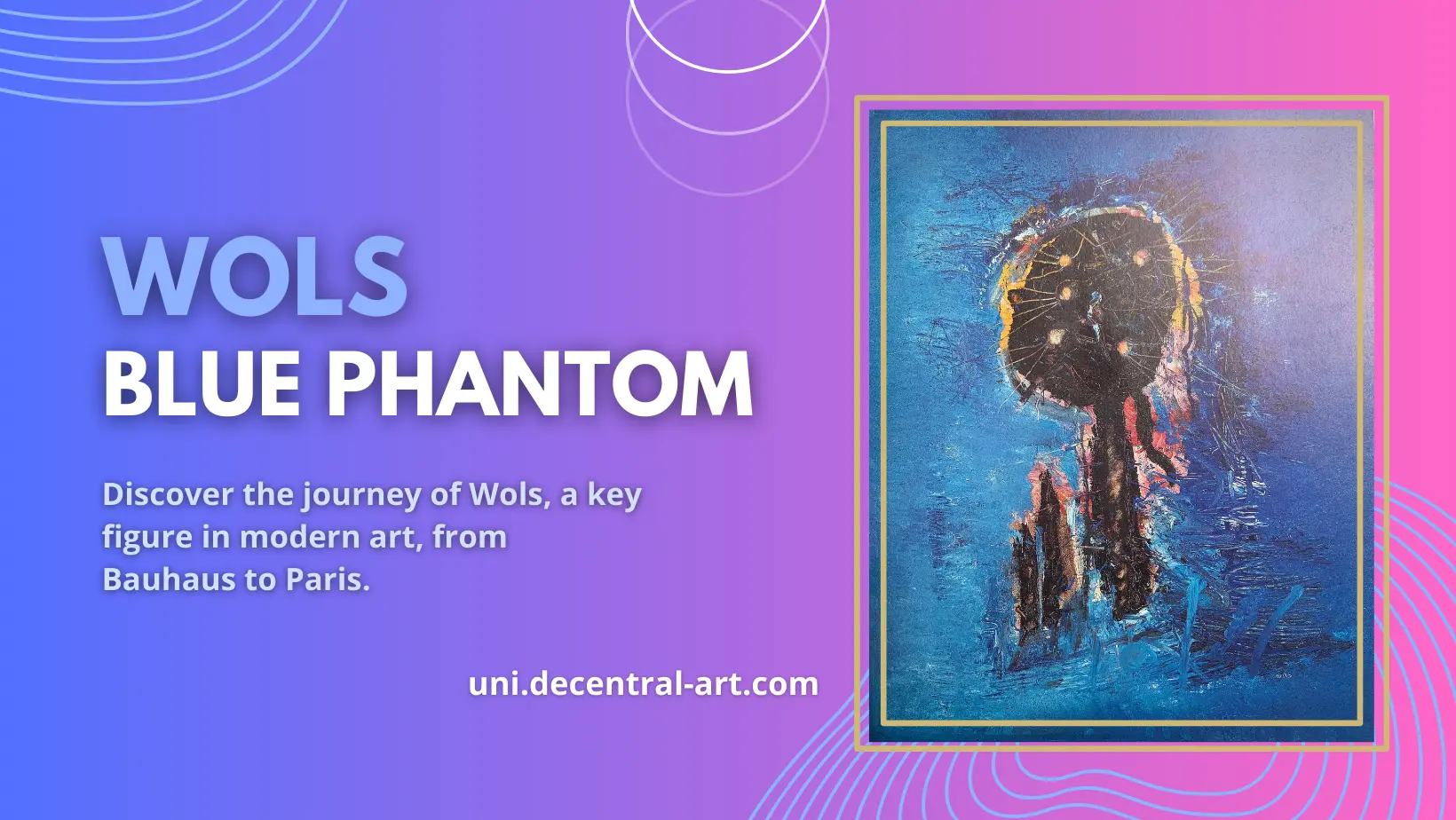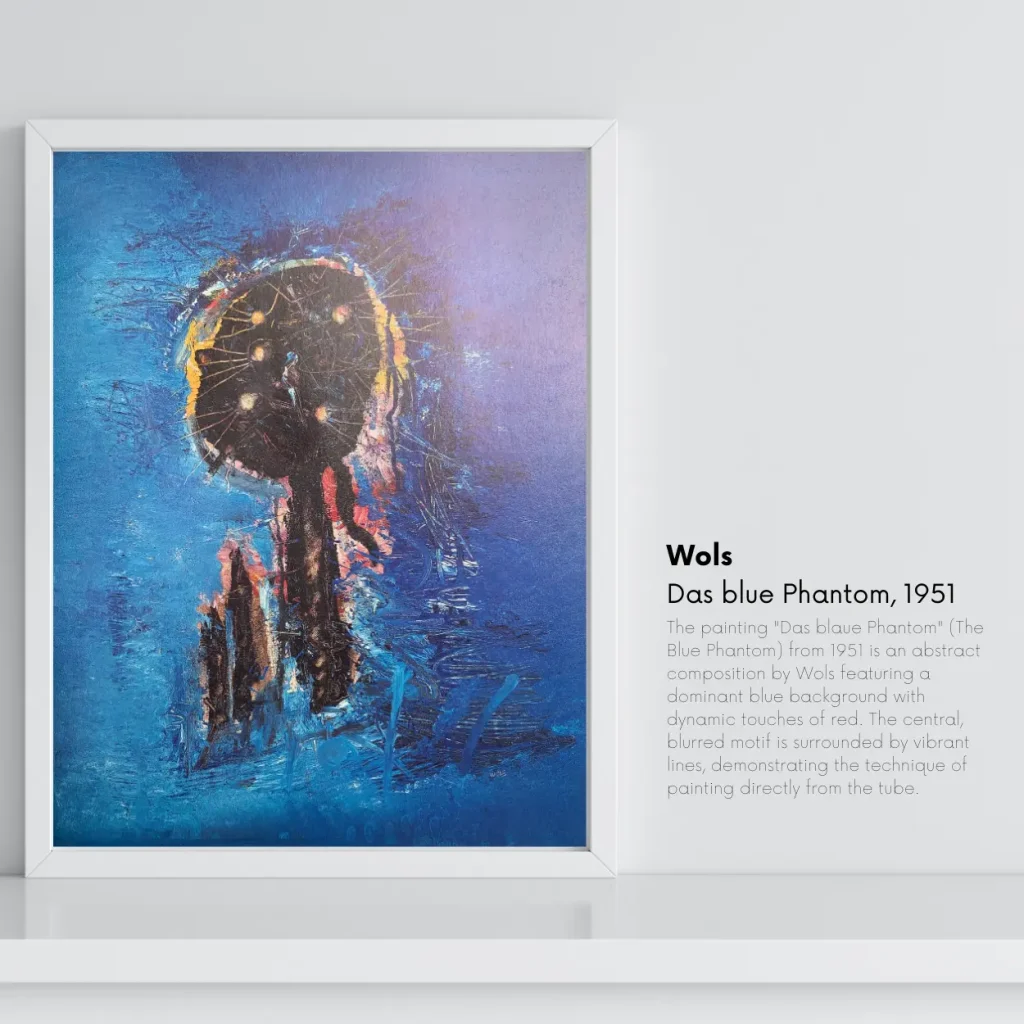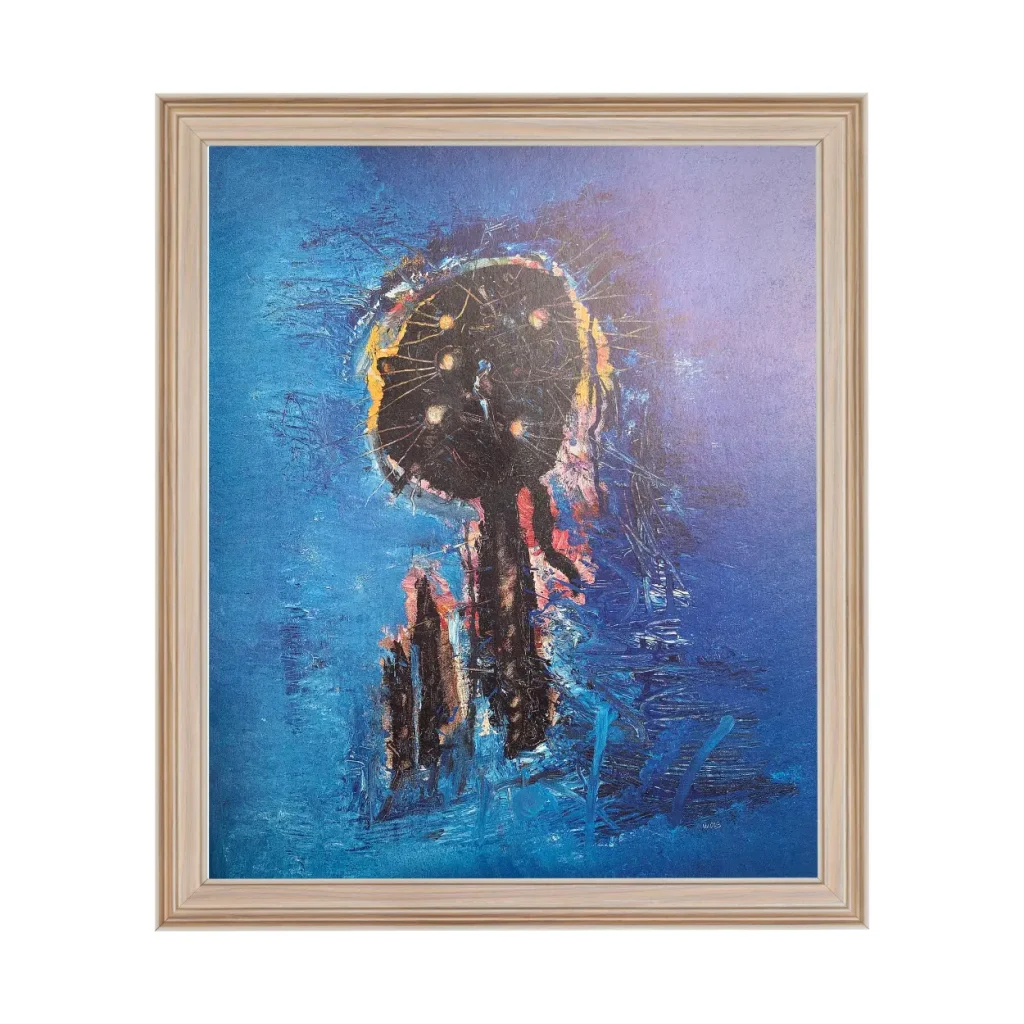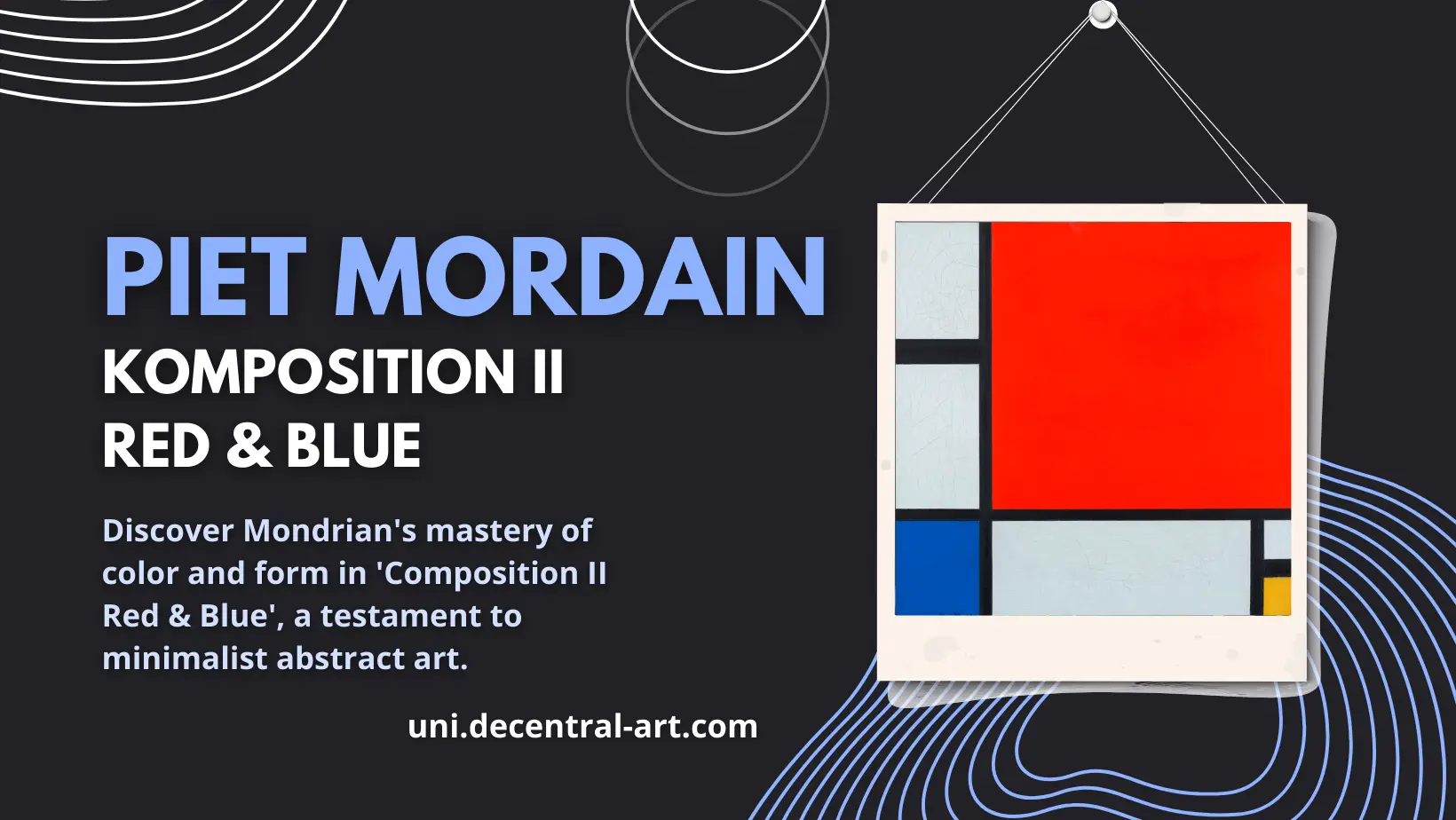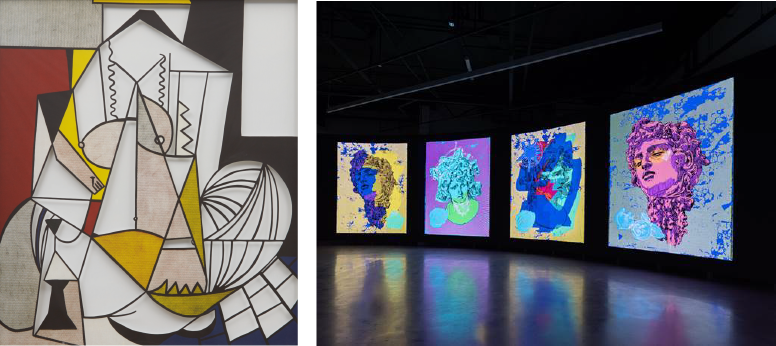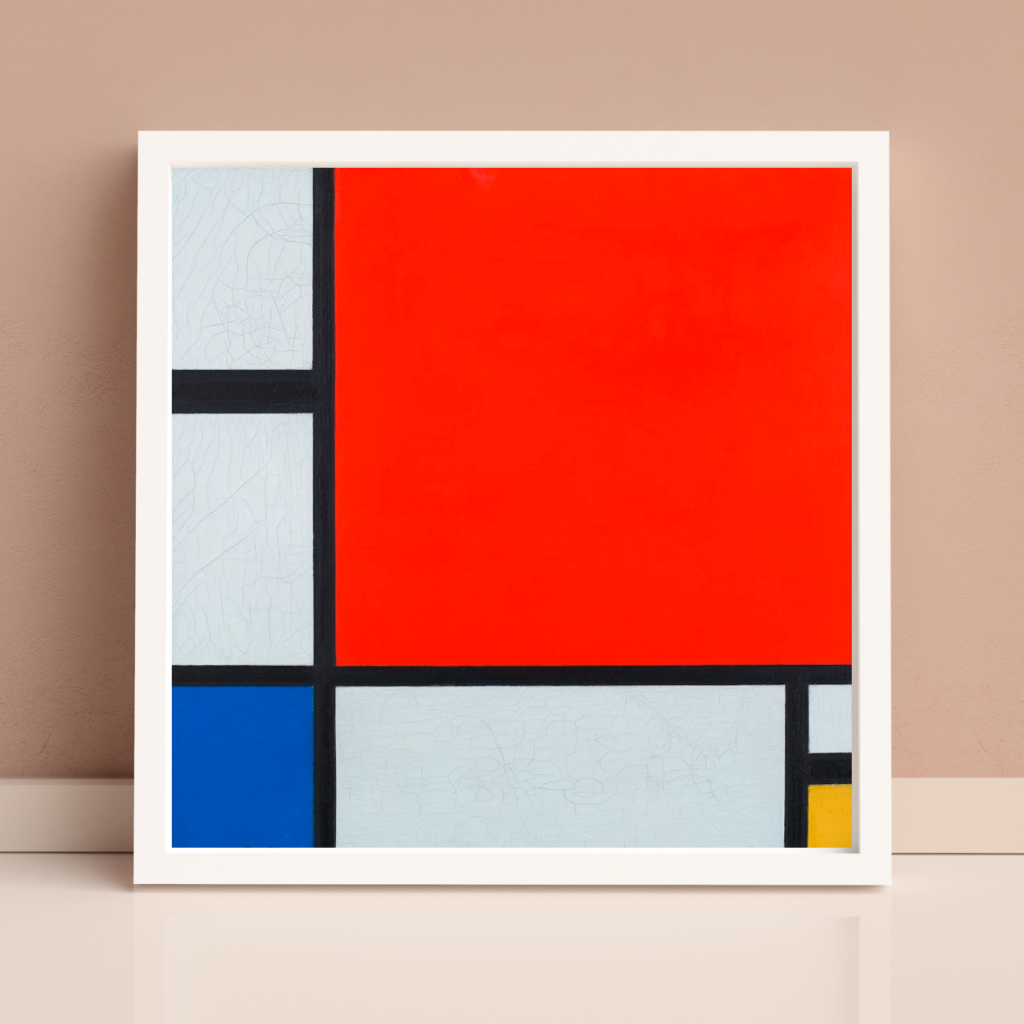In the rapidly evolving world of digital art, “Woman in Red” stands out as a prime example of how NFTs and blockchain technology are transforming the way we perceive and own art. This intersection of art and technology offers a unique, transparent, and secure method for artists and collectors to interact, creating a new paradigm in the art market.
What is “Woman in Red”?
“Woman in Red” is a captivating digital painting that captures the essence of modernity and classic elegance. This piece has been tokenized, meaning it exists as a digital asset on a blockchain, giving it unique properties that differentiate it from traditional art forms.

Understanding NFTs
Non-Fungible Tokens (NFTs) are unique digital assets verified using blockchain technology. Unlike cryptocurrencies such as Bitcoin or Ethereum, which are interchangeable, NFTs are one-of-a-kind and can represent ownership of a specific item or piece of content, such as “Woman in Red.” Each NFT contains distinct information that makes it unique and easily verifiable on the blockchain.
The Role of Blockchain in Art
Blockchain technology ensures the authenticity and provenance of digital art. By recording each transaction on a decentralized ledger, blockchain provides an unalterable history of ownership and transfers. This transparency reduces the risk of fraud and allows collectors to purchase digital art with confidence.
Benefits of NFTs for Artists and Collectors
- Ownership and Control: Artists retain more control over their work and can earn royalties on future sales, thanks to smart contracts.
- Global Reach: Digital platforms allow artists to reach a global audience, breaking down traditional geographical barriers.
- Liquidity: NFTs can be bought and sold on various marketplaces, providing liquidity that is often lacking in the traditional art market.
- Transparency: Blockchain technology ensures transparent and secure transactions, making it easier to verify authenticity and provenance.
How to Own “Woman in Red”
Owning a piece of “Woman in Red” is as simple as purchasing an NFT. Here’s a step-by-step guide:
- Register on a Platform: Sign up on a blockchain-based art platform such as Uni Decentral Art.
- Browse and Select: Look for “Woman in Red” and decide how many tokens or what percentage of the artwork you want to own.
- Purchase: Complete the transaction using cryptocurrency. The blockchain will record your ownership.
- Earn Rewards: As an owner, you can earn rewards through the platform’s unique incentive programs.
The Future of Art and Technology
The tokenization of “Woman in Red” is just the beginning. As more artists and collectors embrace NFTs and blockchain technology, the art world is set to experience unprecedented changes. This revolution not only democratizes art ownership but also opens up new possibilities for creativity and financial growth.
Conclusion
“Woman in Red” exemplifies the fusion of art, NFTs, and blockchain technology, highlighting the potential for innovation in the digital age. As we move forward, these technologies will continue to redefine how we create, buy, and sell art, making it more accessible and secure for everyone involved.
Explore the world of “Woman in Red” and join the revolution today at Uni Decentral Art.


